Social and State Formation in Khasi-Jaintia Hills: A Study of Folklore
The Khasi-Jaintia, scheduled tribe in constitutional terms, inhabiting three districts of Meghalaya, the twenty first state of the Indian Union, is perhaps more well-known than any other tribe of the North-Eastern region of the country. Since the day the headquarter of the British administration in Assam was established in Shillong, these people were exposed to contacts with other communities of the country. Even before the coming of the British the Khasi-Jaintias had extensive trade and diplomatic relations with the neighboring hills and plains people of eastern India. Although we can not retrace beyond 16th century A.D. for a dated history of these people, they had found place in the annals and chronicles (buranji) of the neighbouring Ahom, Kachari and Koch Bihar kings, tantras and some other literary sources. By 1500 A.D. the Jaintia kingdom was very much in the political map of Eastern India. The Khasi state of Khyrim was equally known. However, it is in the works of British administrators that we got, for the first time, detailed informations about their society and culture.
Contents: Preface. I. A People: Its History and Folklore. 1. A people and its history. 2. The use of folklore. 3. The land and the people. II. Economy and Folklore. 4. Agricultural economy. 4. Agrarian relations. 6. Trade and manufacturing. III. Society and Folklore. 7. Family and kinship. 8. Matriliny. 9. Social stratification. IV. Religion, State and Folklore. 10. Religion. 11. State formation. Appendices. Glossary. Select bibliography. Index.
Get it now and save 10%
BECOME A MEMBER

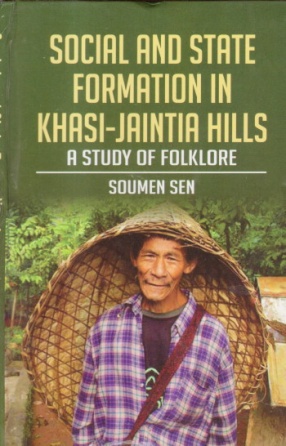
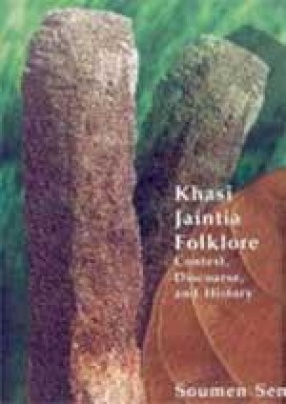
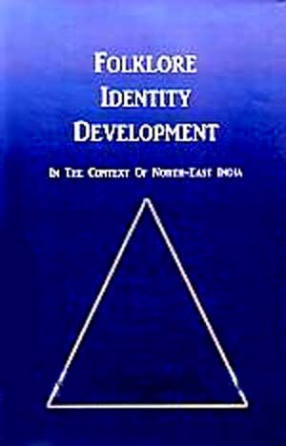

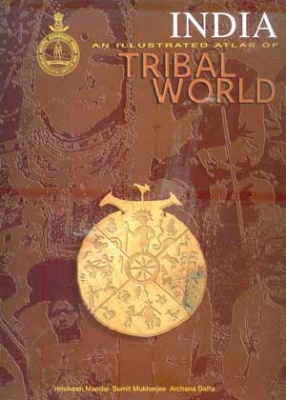
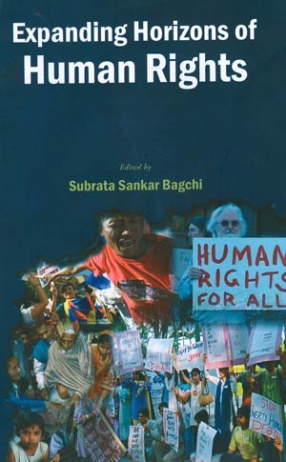


Bibliographic information